It’s not unusual for parties in conflict to have their ideal solution in mind at the beginning of our work with them. Recently at a mediation, one of the parties announced he had worked out what he was certain would be the best solution that would benefit both of them and speed up the process, and the other party asked to hear it. He stood up and used the whiteboard as a prop to walk through his solution and demonstrate how the outcome would be a “win-win.” It was clear to me that he was using rosy financial projections and that the other party would be in a much riskier position than him if his solution was adopted, but it wasn’t clear the financially unsophisticated party understood that. I could feel myself being triggered by his style and the content and being drawn into a power struggle with him. I wasn’t going to just sit there and allow him to dominate the other party.
As conflict professionals, we know that power and control show up in conflicts. In our Understanding model, we look to the power of understanding rather than the power of coercion to empower parties to make decisions together that make sense for them. But our relationship to power and control and our reactions when they show up in the room can get in the way of our aspirations to work in the Understanding model. There are two useful distinctions that can help us with the choices that we make to use power in ways that support the process.
First, there is a distinction between dealing with the dynamic between the professionals and the parties and dealing with the content of the decisions that they are making. When we are intervening and choosing to come in strongly, it is quite different if we are doing it on behalf of trying to level the playing field between the parties rather than effectively taking over the substantive decisions they are there to make. That does not mean that we think of ourselves as having the sole control or responsibility for the way communication occurs. Even when we intervene strongly, we like to think of ourselves as partners with the parties in designing and implementing a process that will support them to make decisions together. So we don’t take over, and we don’t back off – we join together with them and there are times when we need to be quite assertive for that to be effective.
The second distinction we make is between reacting and responding by making conscious measured decisions. Often the problem with control is that we react to someone else with our own aggression as a knee jerk reaction. We are often caught up in a power struggle that leaves us in an emotional tangle with the person or persons and then makes us part of the problem. We can be off and running, feeling out of control and ineffective, saying things that we regret, or simply polarizing from the other in a way that shuts down forward progress. This is an ongoing challenge for all of us, even very experienced mediators and conflict professionals. Our buttons get pushed and we feel alienated from the people we are helping and they feel it too.
Learning to become familiar with our own impulses to control others, what behavior triggers that, and how we respond to those triggers is critical to our work as conflict professionals and benefits us in all of our relationships. There is a lot for us to understand about ourselves in our own history of relating to power, how we now respond to power, and how we can change our responses in the future.
